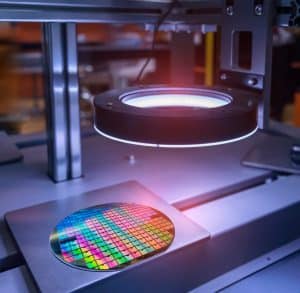MANUFACTURING PROCESS AUTOMATION:
A NEW APPROACH TO YIELD RECOGNIZABLE BENEFITS

Manufacturing automation (MA) has been around in some form since early 1900 focusing on the support, or elimination, of manual operations, most recently by utilization of robots or dedicated mechatronic solutions. Traditionally, reduction of cost and increase in production throughput have been among the main drivers for production automation in the Industry 3.0 era. MA focuses on longer production runs where robots perform repetitive, sensor-controlled operations. Furthermore, it involves the labor-intensive development of dedicated control software with a relatively long ramp-up period (days/weeks).
“Smart sensors do not just sample the environment and generate data but also create information to draw meaningful insights.”
Recently, companies have been driven toward automation due to new triggers such as labor shortage, competition, reshoring, resilience, local production, and production independence. Traditionally, MA was investigated by big manufacturing firms to assess the potential benefits of mass production. Nowadays, small and medium scaled companies are also interested in exploring the benefits of automation as technological advancements have induced flexibility in automation solutions. Within Industry 4.0, the development of automation solutions for small to medium-sized production runs is seen as a significant objective. This builds the client’s expectation of automated systems that involve the least programming, ramp-up, and maintenance efforts.
Opportunities
Current technological developments deliver many of the building blocks required for the MA solutions of tomorrow. Modern system hardware is packed with a wide range of sensors. These sensors create much more data than can be seen on human interfaces. Additionally, it also helps to monitor the internal functions of the system. Older hardware is retrofitted with modern sensors to get insight into production quality and throughput. All this data can be made available to support automation processes. With the help of ERP/MES software systems, hardware from the production floor can be connected to form a larger cluster of cyber-physical systems. Data created in individual production steps can be shared to up and downstream locations to streamline the production process. Smart sensors do not just sample the environment and generate data but also create information to draw meaningful insights. For example, smart camera sensors cannot only see RGB values but also interpret clusters of RGB values to recognize objects. Cobot (and robot) hardware and software are being supplemented with different types of safety systems that allow efficient, safe, and fenceless implementation. Sensor data / 3D CAD models assist automated robotic systems in making decisions based on a logic framework. Artificial intelligence and machine learning strategies are being developed for automated systems to make decisions in a relatively unstructured environment where it is impossible to define a logical framework. The use of supercomputers to simulate a factory in a virtual environment (also known as digital twins) has shown promising results in predicting production flow and identifying potential bottlenecks or breakdowns over a long time frame.
Challenges
Most of the production plants were not defined on a drawing board but gradually grew to their current composition. Additionally, human worker tasks are often easy to execute for humans but hard to program as automated solutions. This includes complexities such as dealing with flexible or randomly shaped products or making decisions based on unstructured data. Usually, manufacturing tasks can be categorized as primary and secondary tasks. The secondary tasks do not contribute directly to the process goal, but it is essential for the primary task to be carried out. These secondary tasks can be intuitive for operators, but usually, it is challenging to integrate the primary and secondary tasks seamlessly into automated systems.
Transformation to automated systems does not just involve reduction in labor dependency, but the management will also have to foresee recruiting the missing skills. For instance, the company will have an increased demand for maintenance engineers and robot programmers.
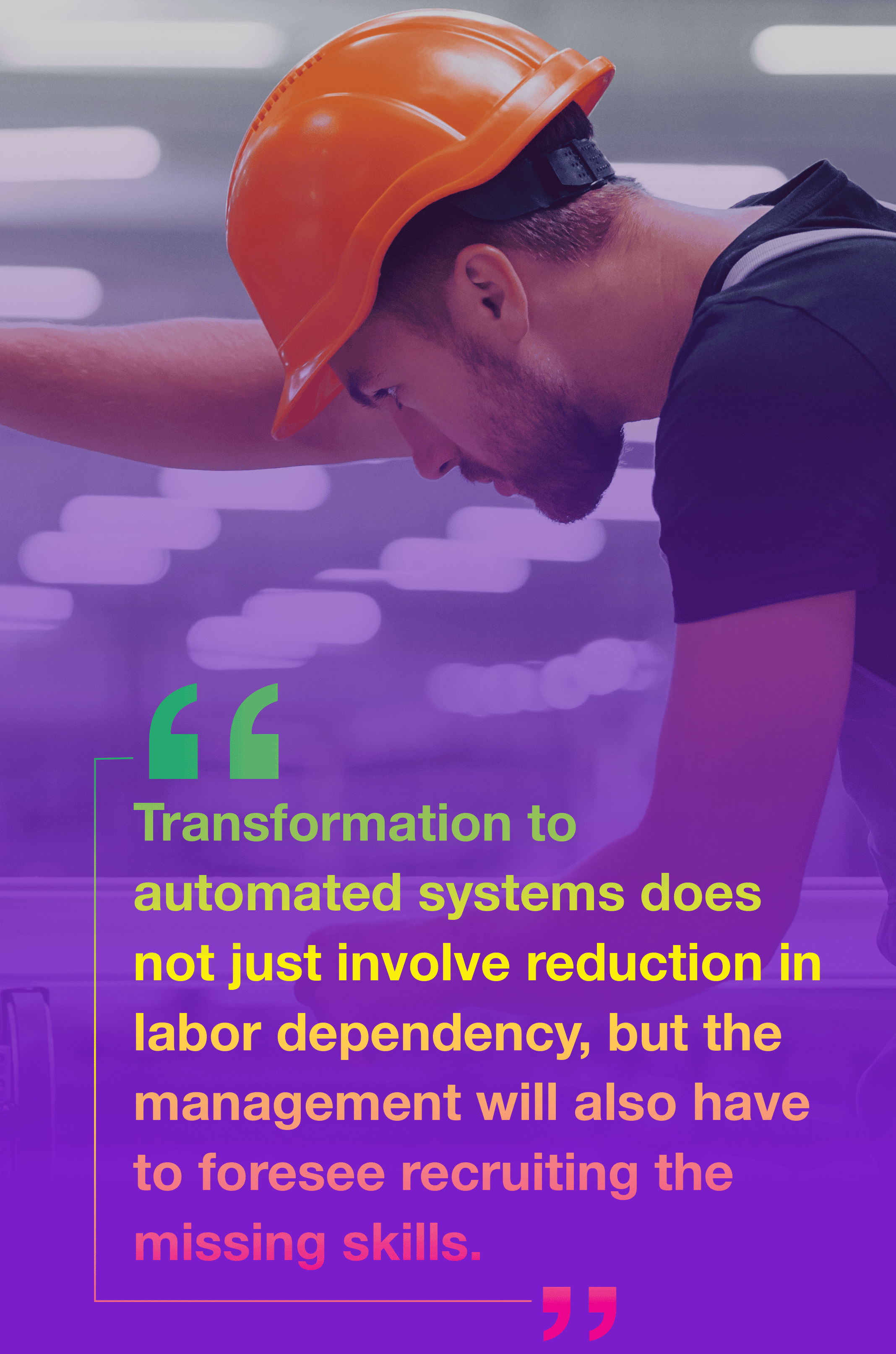
Finally, uncertainty often accompanies this transition. Globalization has led to a wide-scale increase in demand in most production sectors. This, in turn, would force the manufacturers to increase the reliability of the processes. Any failure might result in a production halt and considerable loss, while the chance of failure might be tough to predict before the actual implementation of the system. The economic aspect of automation also takes a massive toll on the investigation, implementation, and maintenance. Theoretically, any type of task can be automated, but the reliability, flexibility, and robustness determine the cost of these systems. A preliminary and detailed study is necessary to ensure the system designer presents a fail-proof solution. The total cost of transition should include the expenses of research, simulation, fabrication, and implementation. Finally, process automation heavily relies on the product’s nature. Working products with rigid nature and definitive geometry increase the likelihood of automated operation. While on the other hand, products with soft nature and non-definitive geometry limit the possibilities/increase the complexity of automation.
“Transformation to automated systems does not just involve reduction in labor dependency, but the management will also have to foresee recruiting the missing skills.”
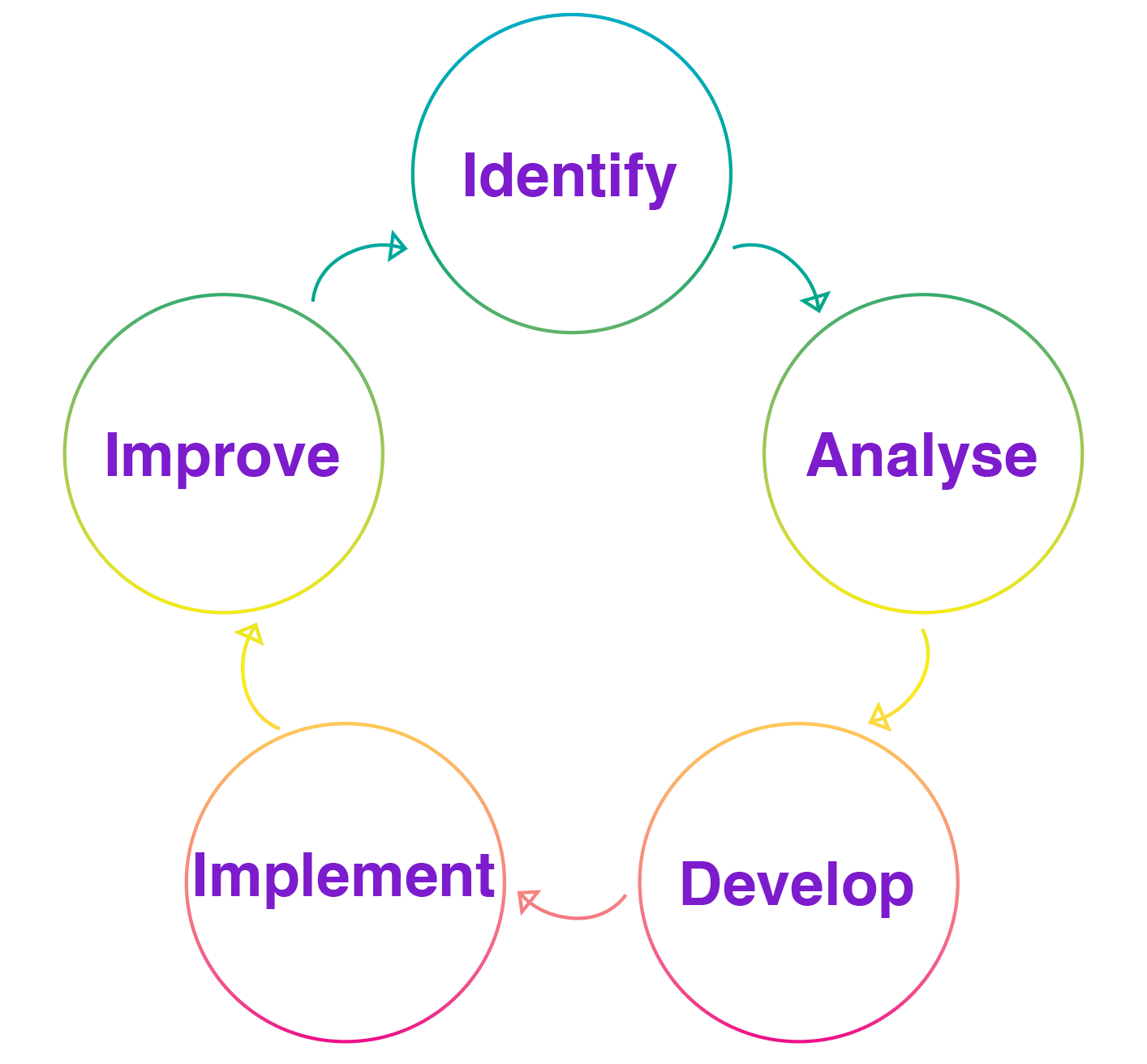
Manufacturing Automation Cycle- High-level process cycle to achieve the objective of manufacturing automation.
Manufacturing Automation
Identifying potentially interesting processes for automation can be compared to the recruitment process for a company. The HR department assesses the candidate on several levels, from finding the right fit within the company regarding intellectual capabilities to a personality test. Similarly, not every process is suitable for automation at the present moment. The decision to proceed with automation for a process depends on several aspects, such as assessing the harmful effects of a process failure and its countermeasures beforehand. It could also depend on technological capabilities; for example, the packaging and material handling process in meat production possesses a high potential for automation due to the current maturity of solutions in the industry. On the other hand, considering the current availability of technology, the deboning process is far from reach due to the cognitive complexity involved in the process.
When looking at the automation of cognitively demanding manufacturing operations, mimicking human operations to automated counterparts is often too complex. In such cases, a detailed task decomposition helps the designer identify all the relevant task requirements, redefining the operation suitable for automated systems and thereby considerably reducing the complexity of operations. It is essential to have a structured tool that can be used to assess the production unit (or even smaller sections) to find the right processes for automation. From a high-level view, using such tool results in automation projects with the following benefits:
- Minimal or reversible effects in case of a system failure
- Straight forward (or) binary decision-making points
- Standardized operating methods
- Independence in processing (i.e., Lower interference with preceding or succeeding processes)
Examples

Effect of variables in automated systems
Material handling of apples in a factory using machine learning (for object detection) on a moving conveyor can be compared to a rover dedicated to pick up apples from a forest can involve a world of variables thereby making the system more complex.
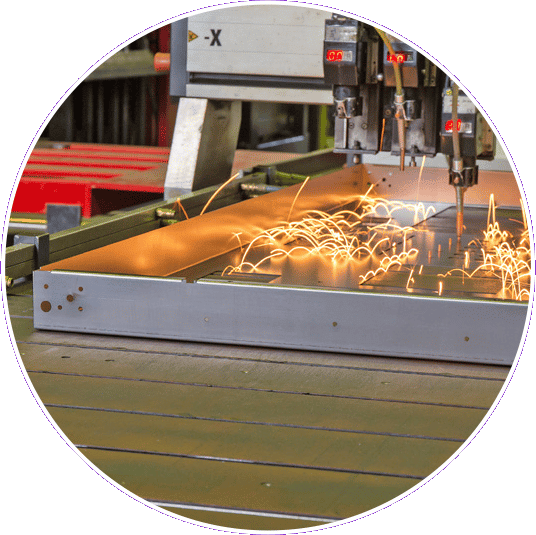
Effect of task complexity on automated systems
Welding of sheet metal assemblies with individually shaped parts involves a lot of variables. Each part deforms differently, which is quite straightforward for manual working. But, for an automated system, this corresponds to irregular welds. Therefore, a detailed analysis must be made in terms of gripping forces, weld gun dynamics, and material deformation, to ensure error-free operation.
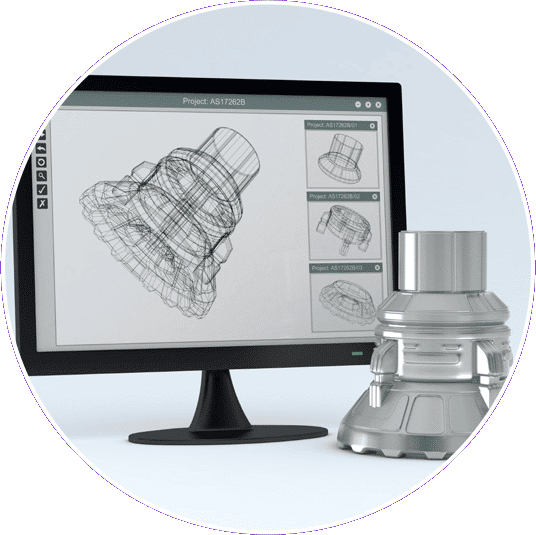
Realizing the benefit of using 3D CAD models to support automated systems
Automating the process of applying the final torque to bolts can be relatively easy. This is primarily due to the rigid and defined geometry of the bolts, and its peripherals. Additionally, 3D CAD models of the bolt and the main assembly can be imported to ensure that the robot approaches the correct bolt, at the correct location and with the correct angle.

Effect of standardized product geometry in automation
Automation of material handling systems with definitive product geometry (boxes, cartons etc.). While, automating the material handling of vacuum packed meat products can involve a much higher level of complexity.
